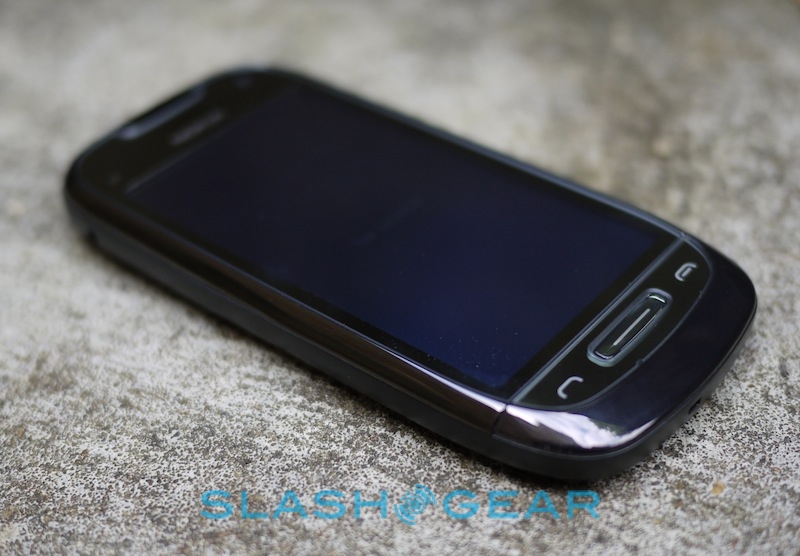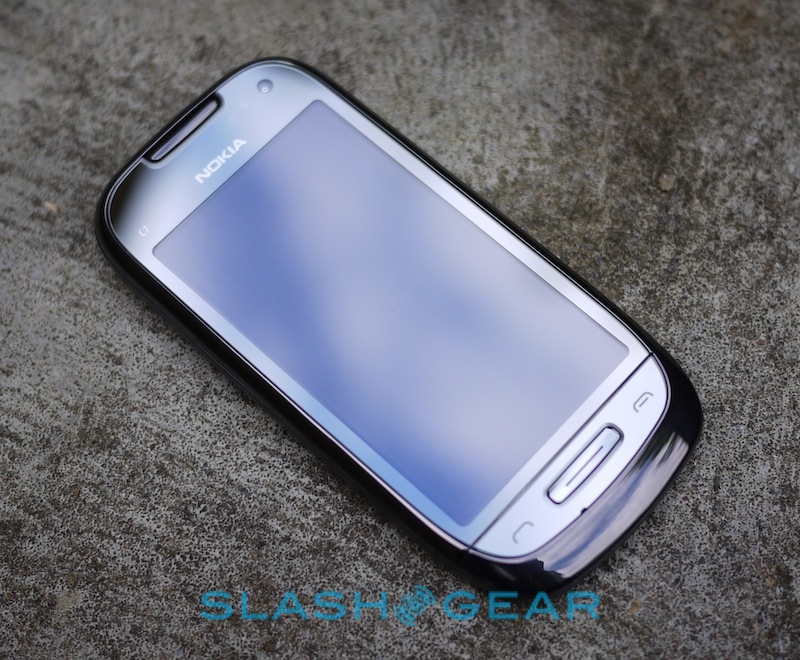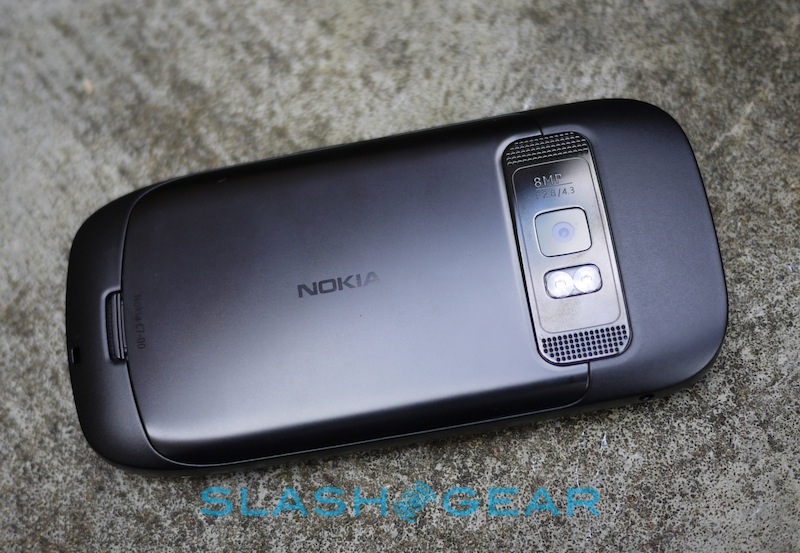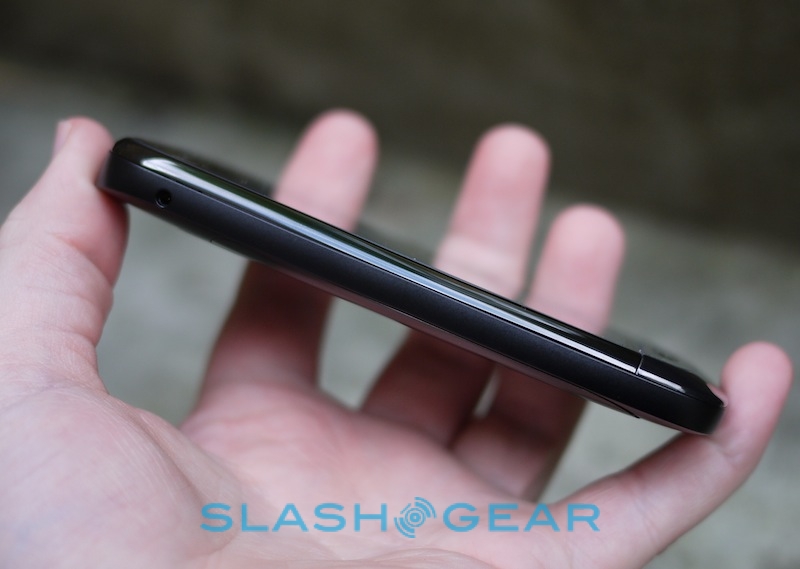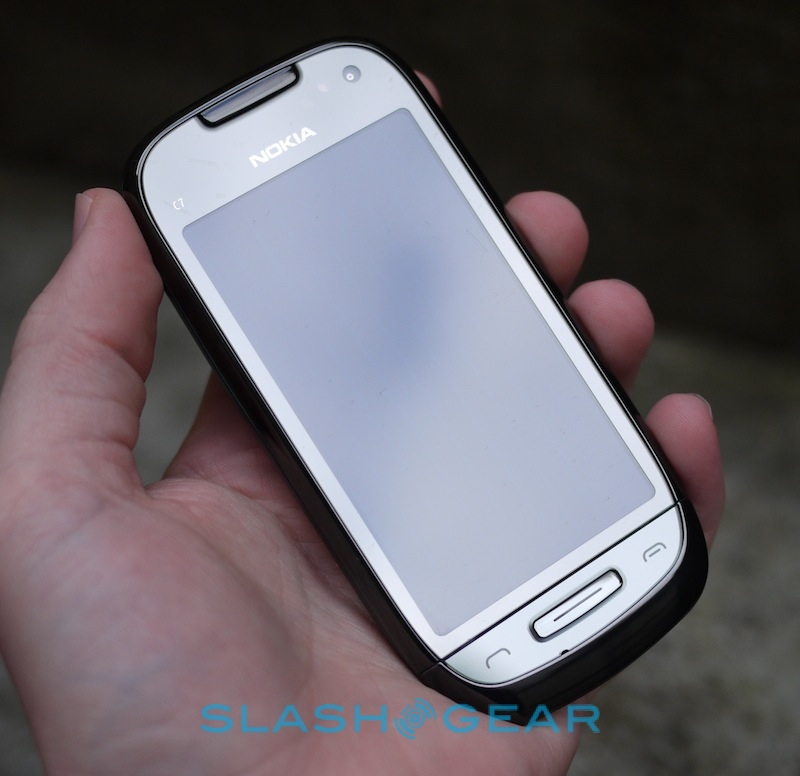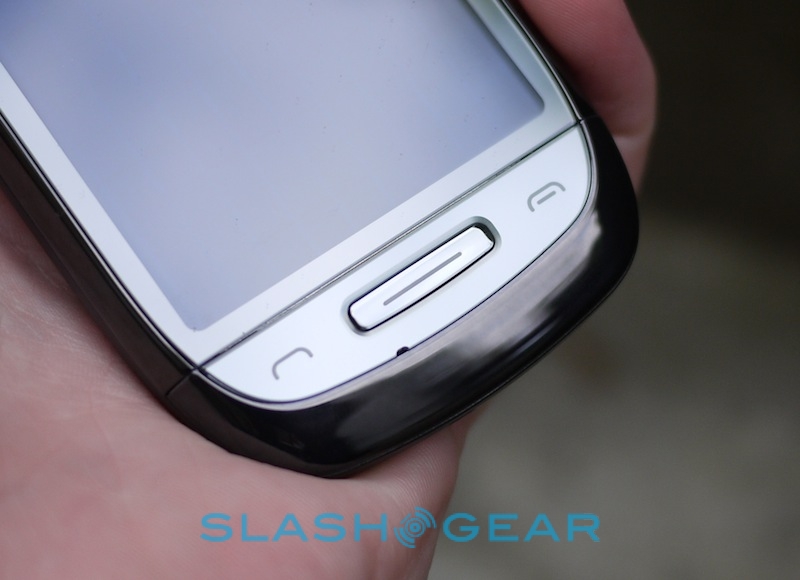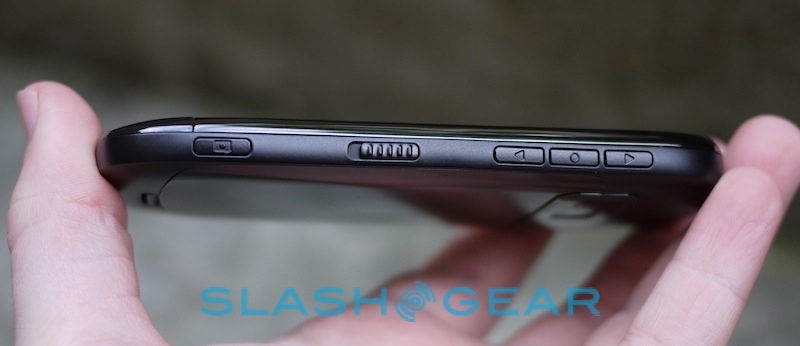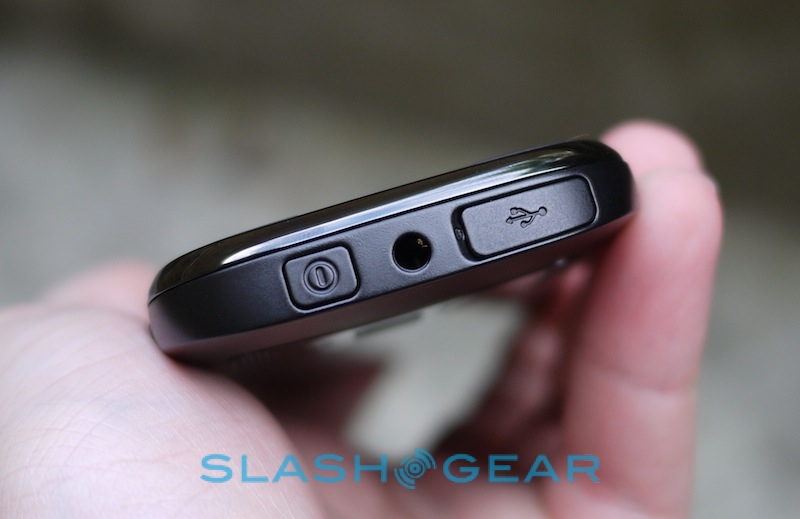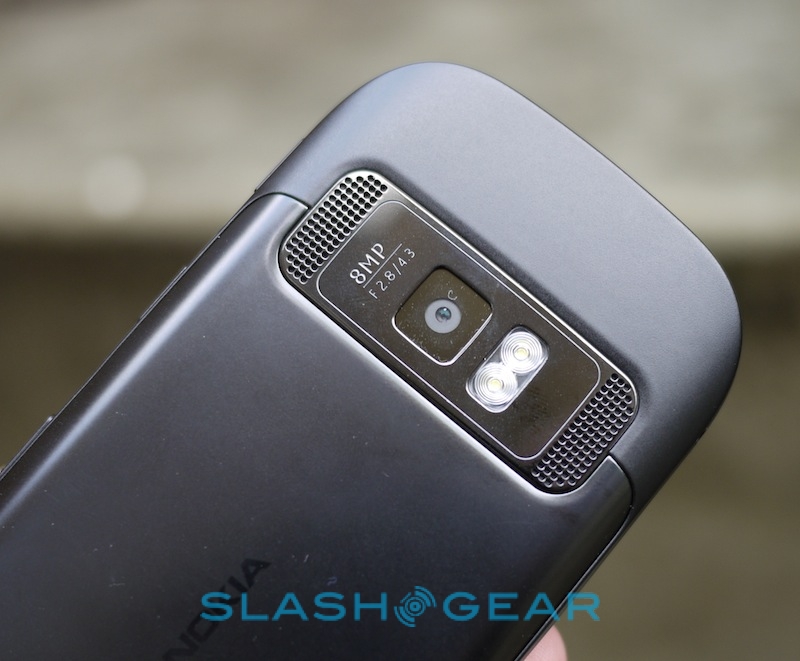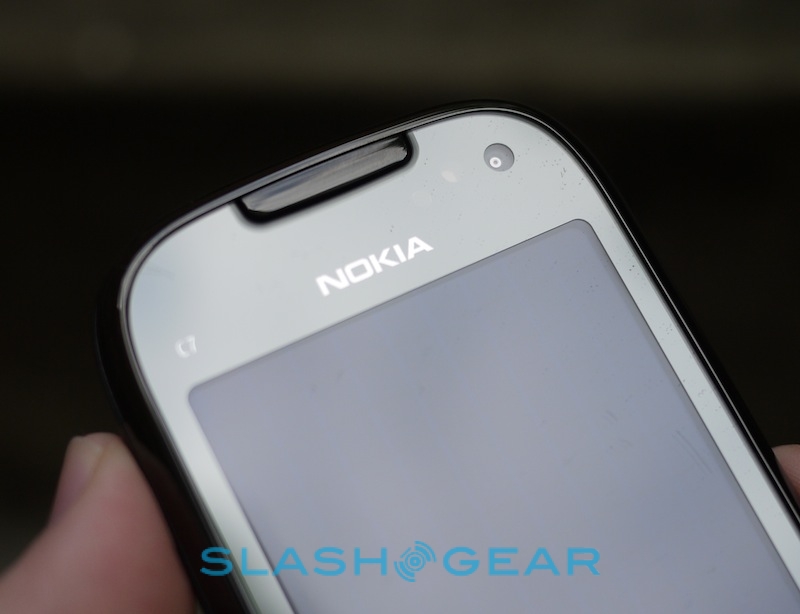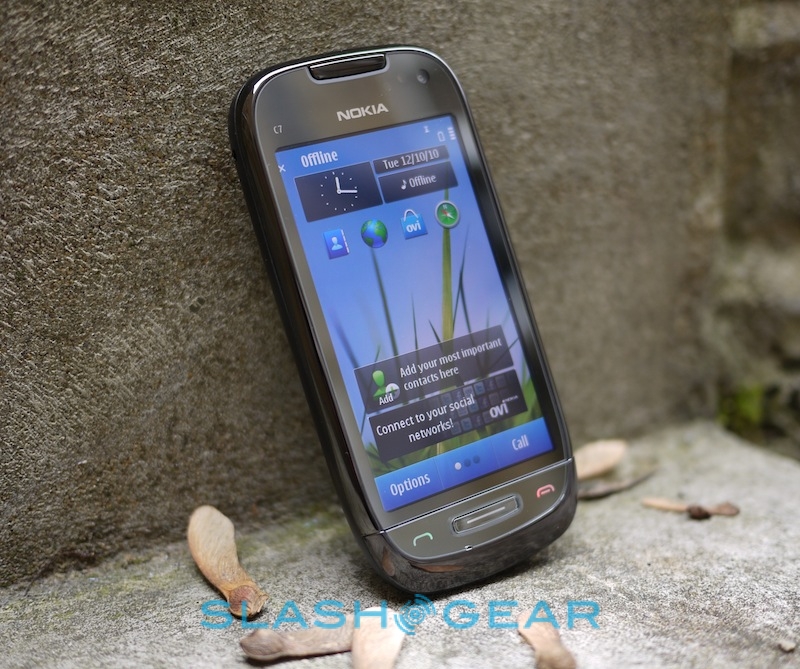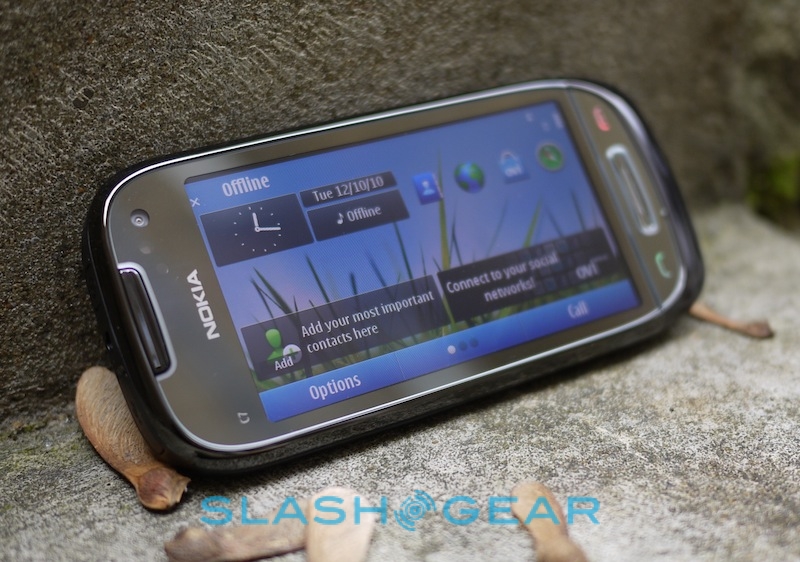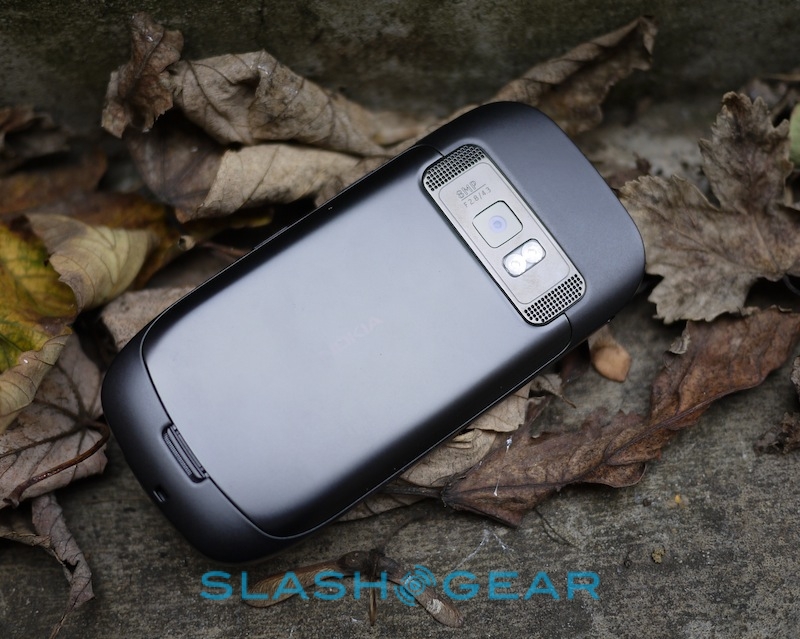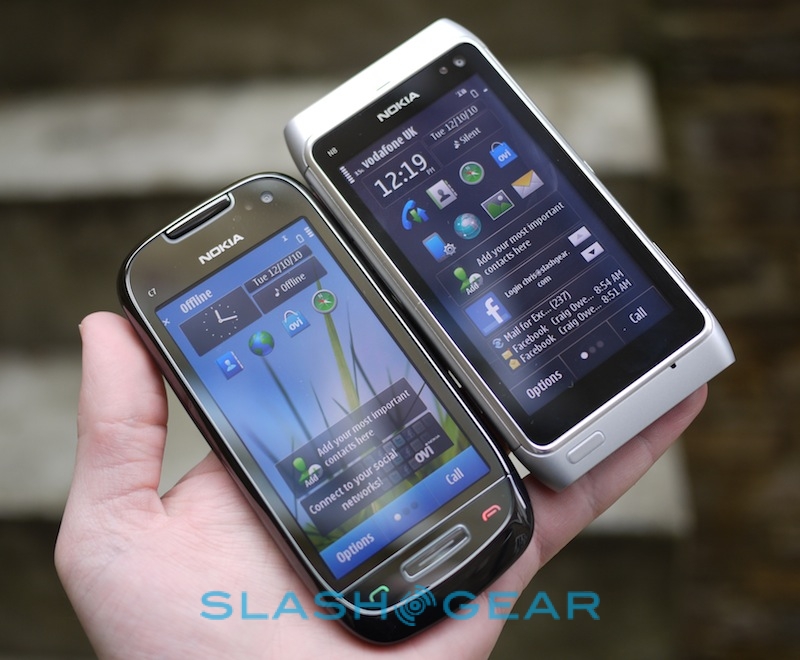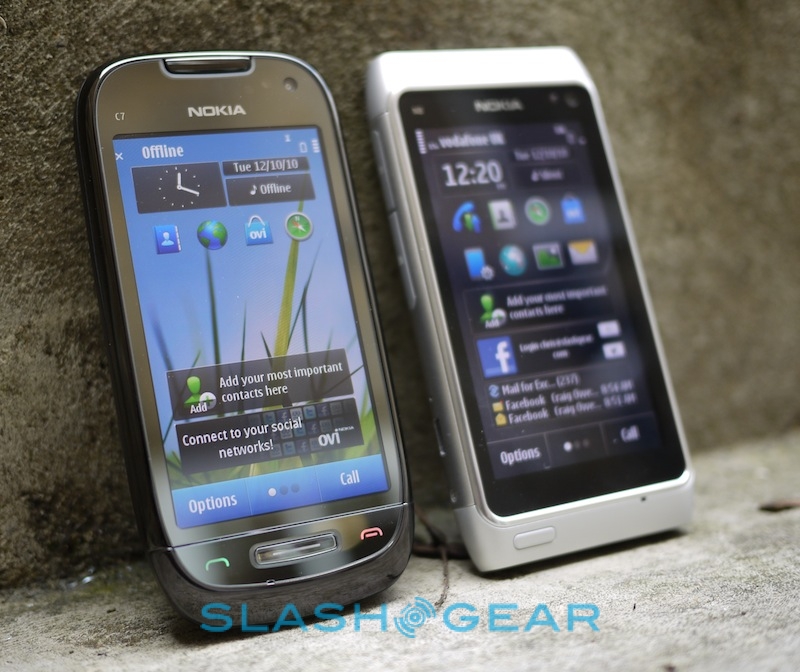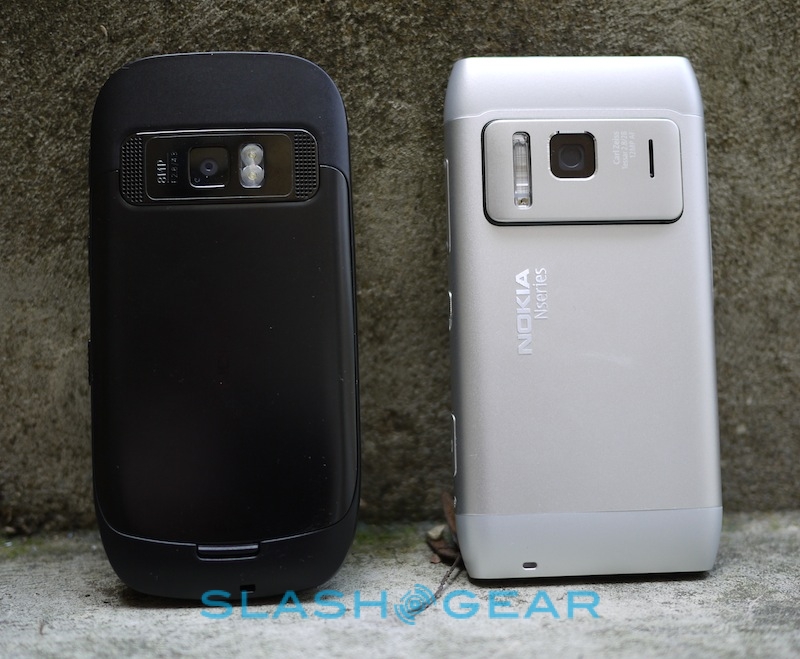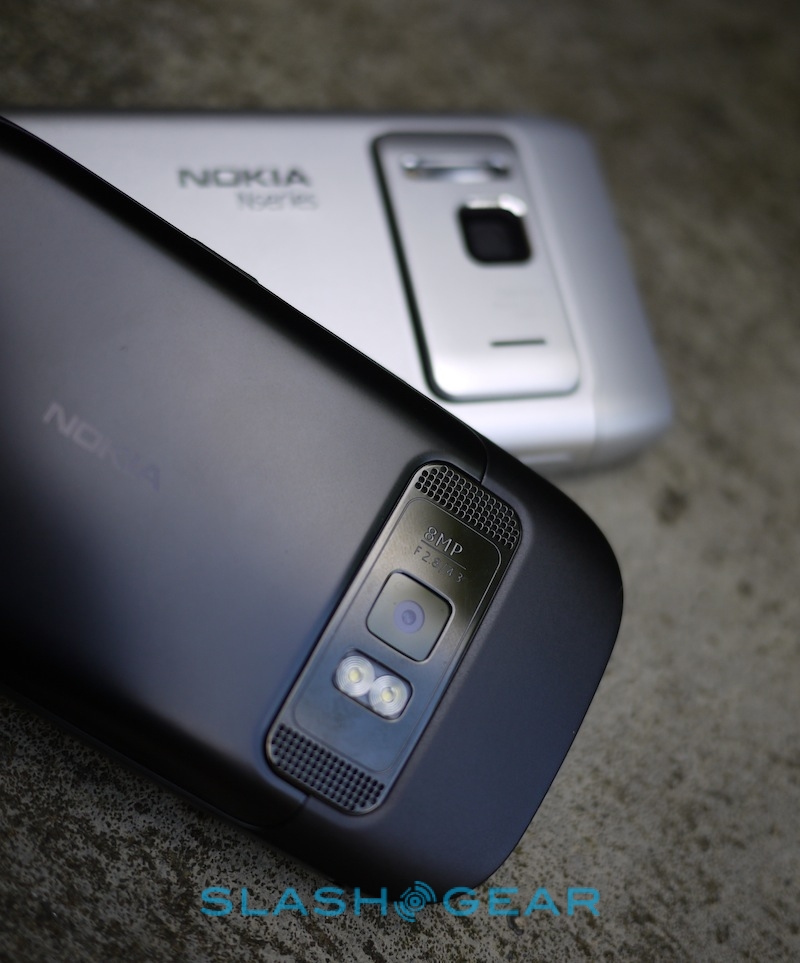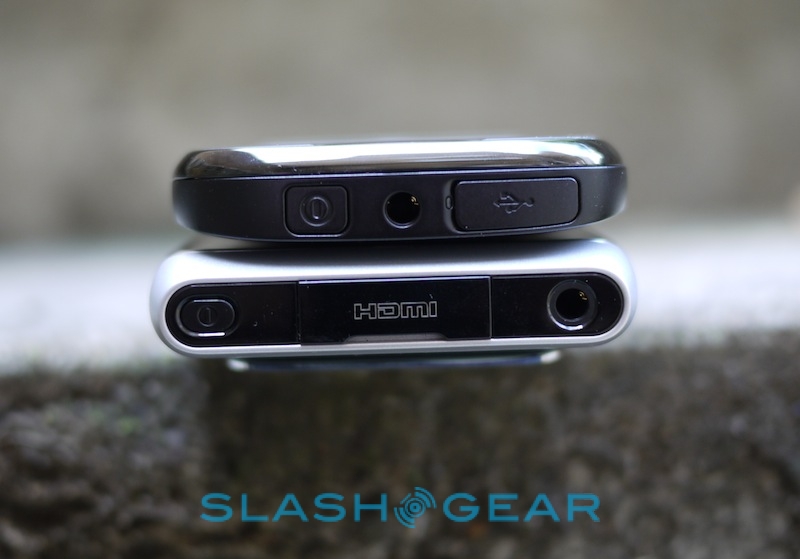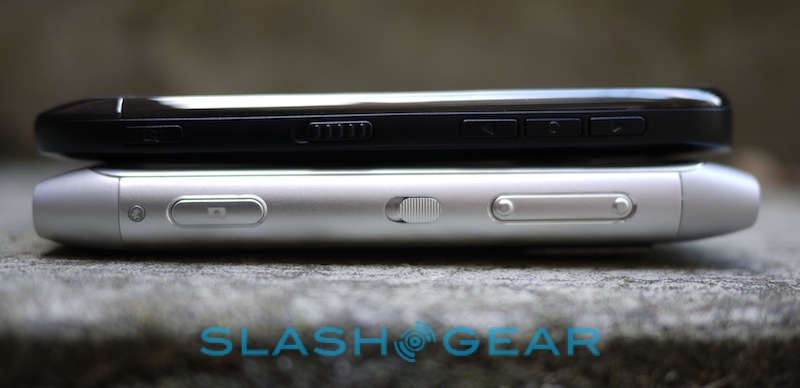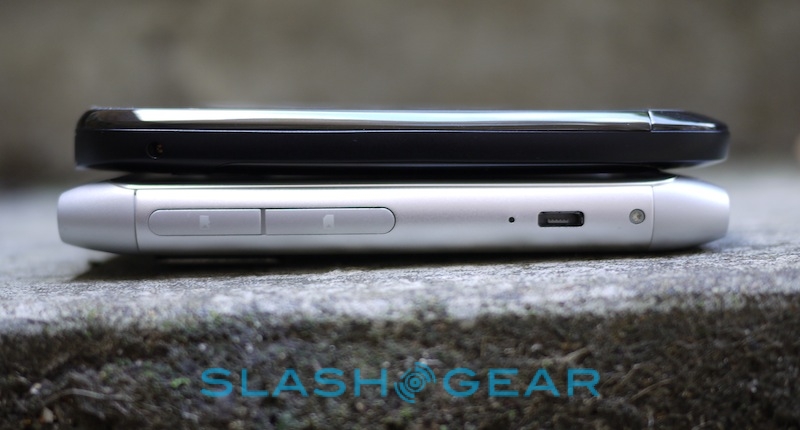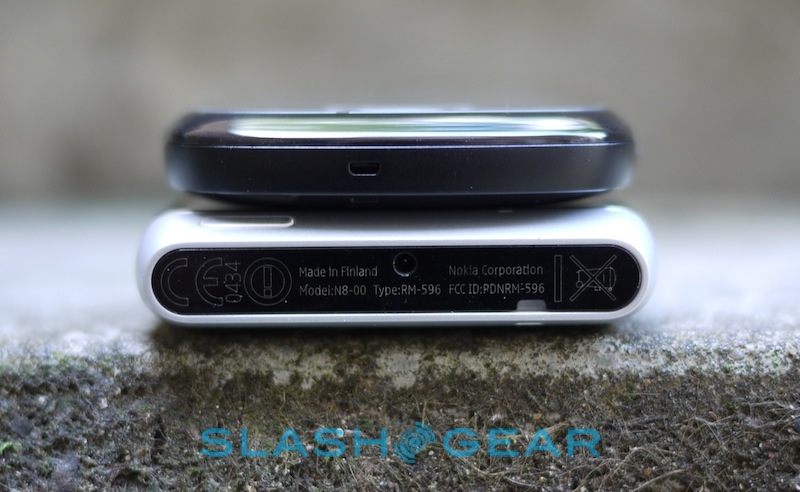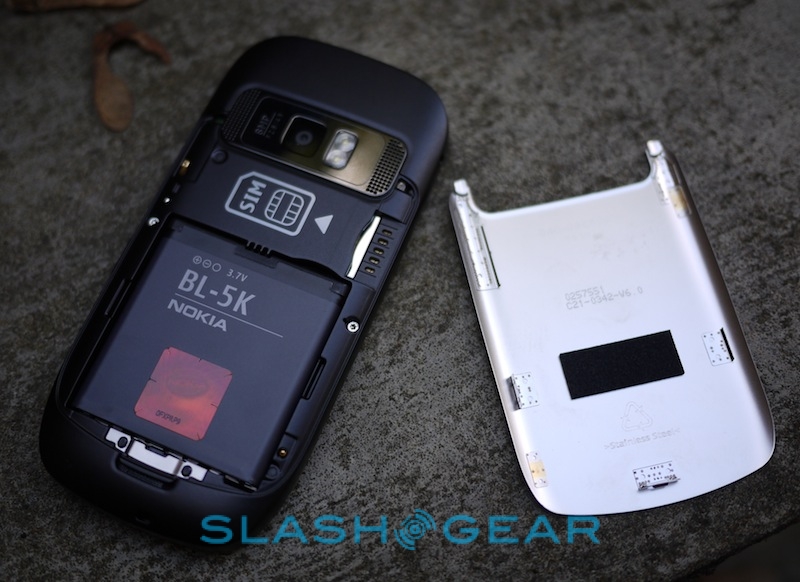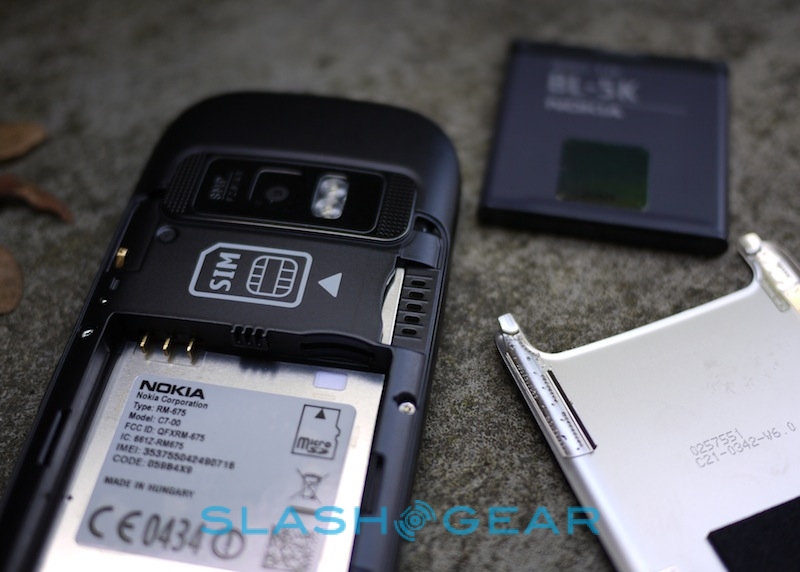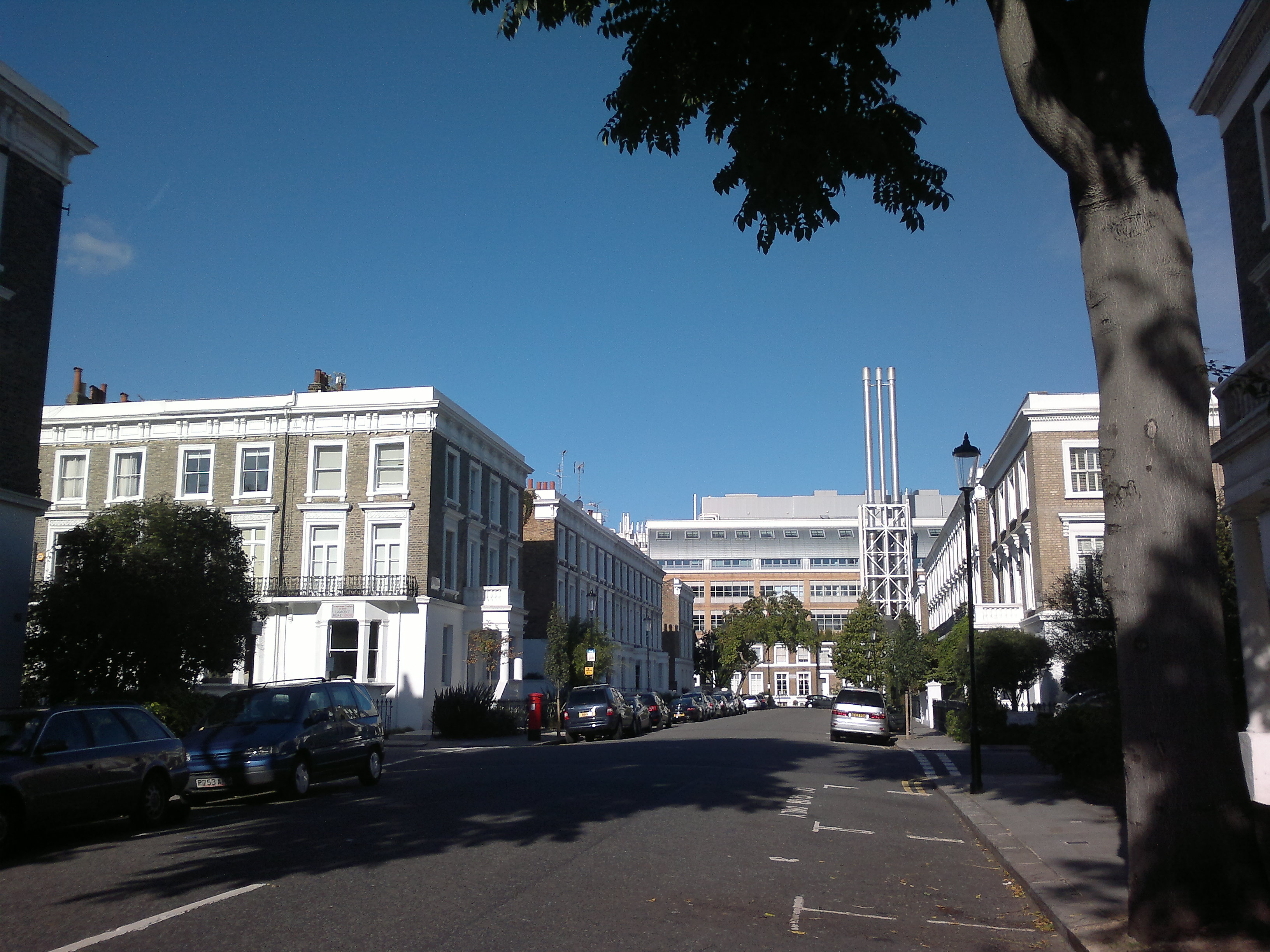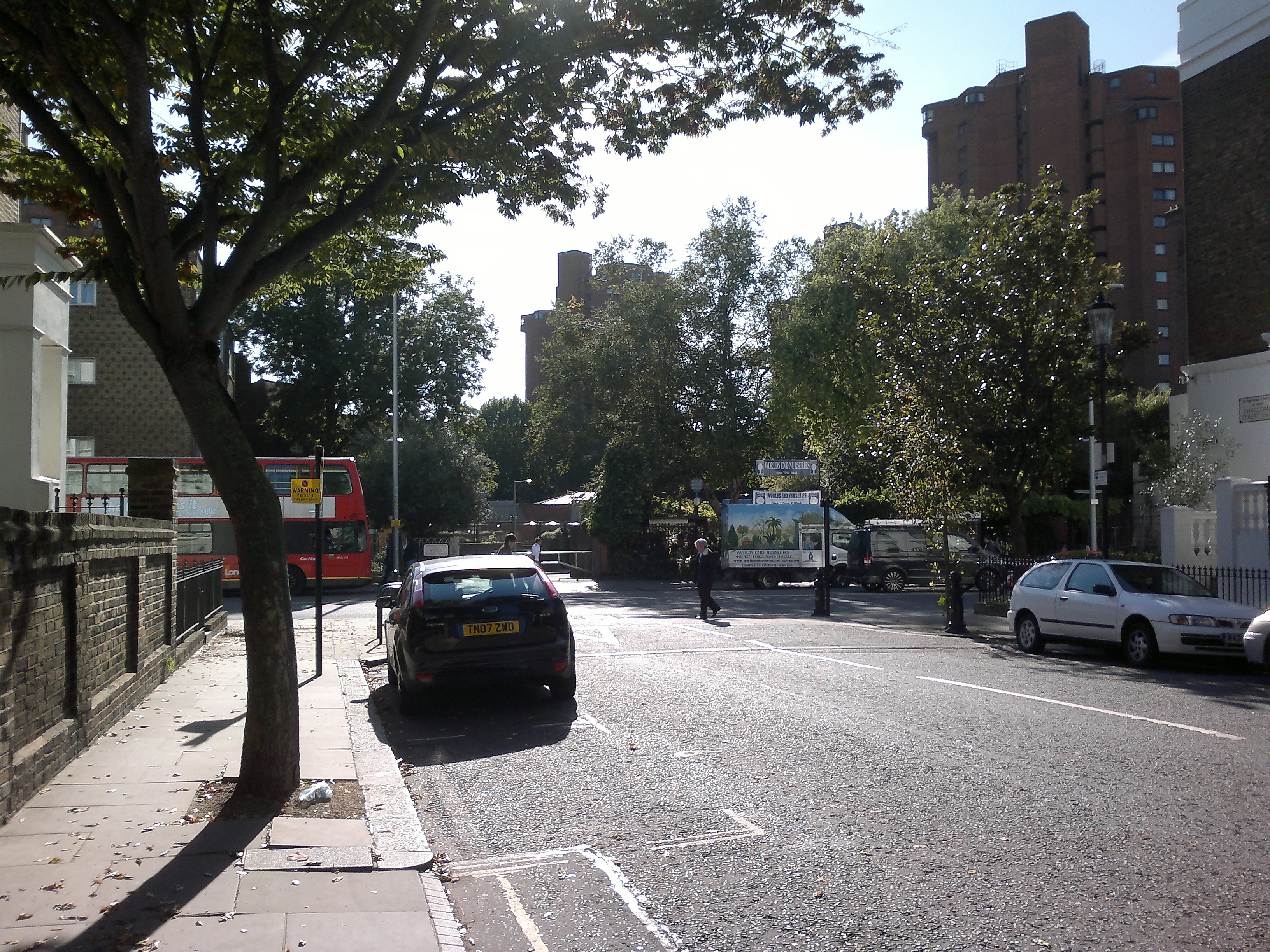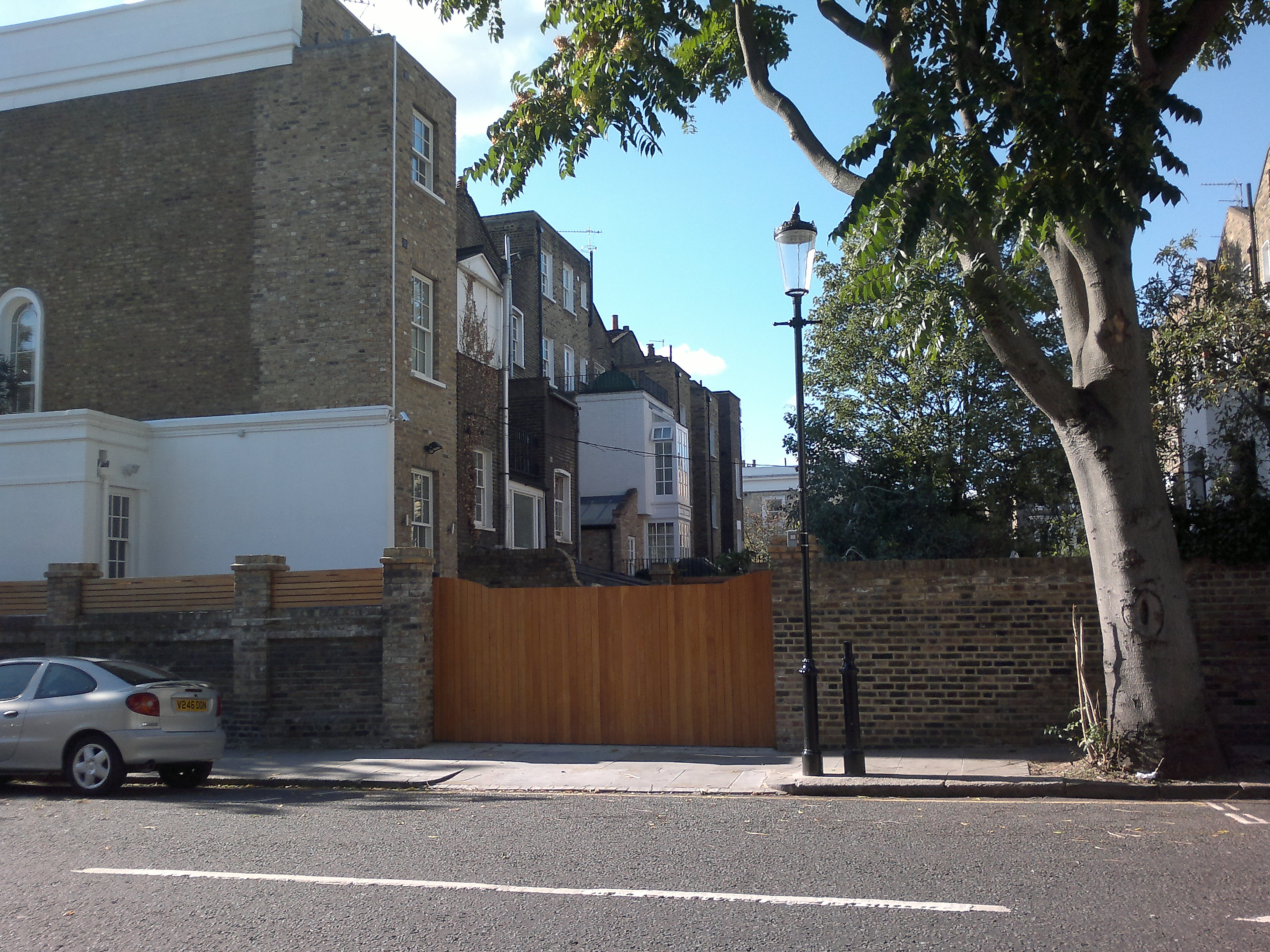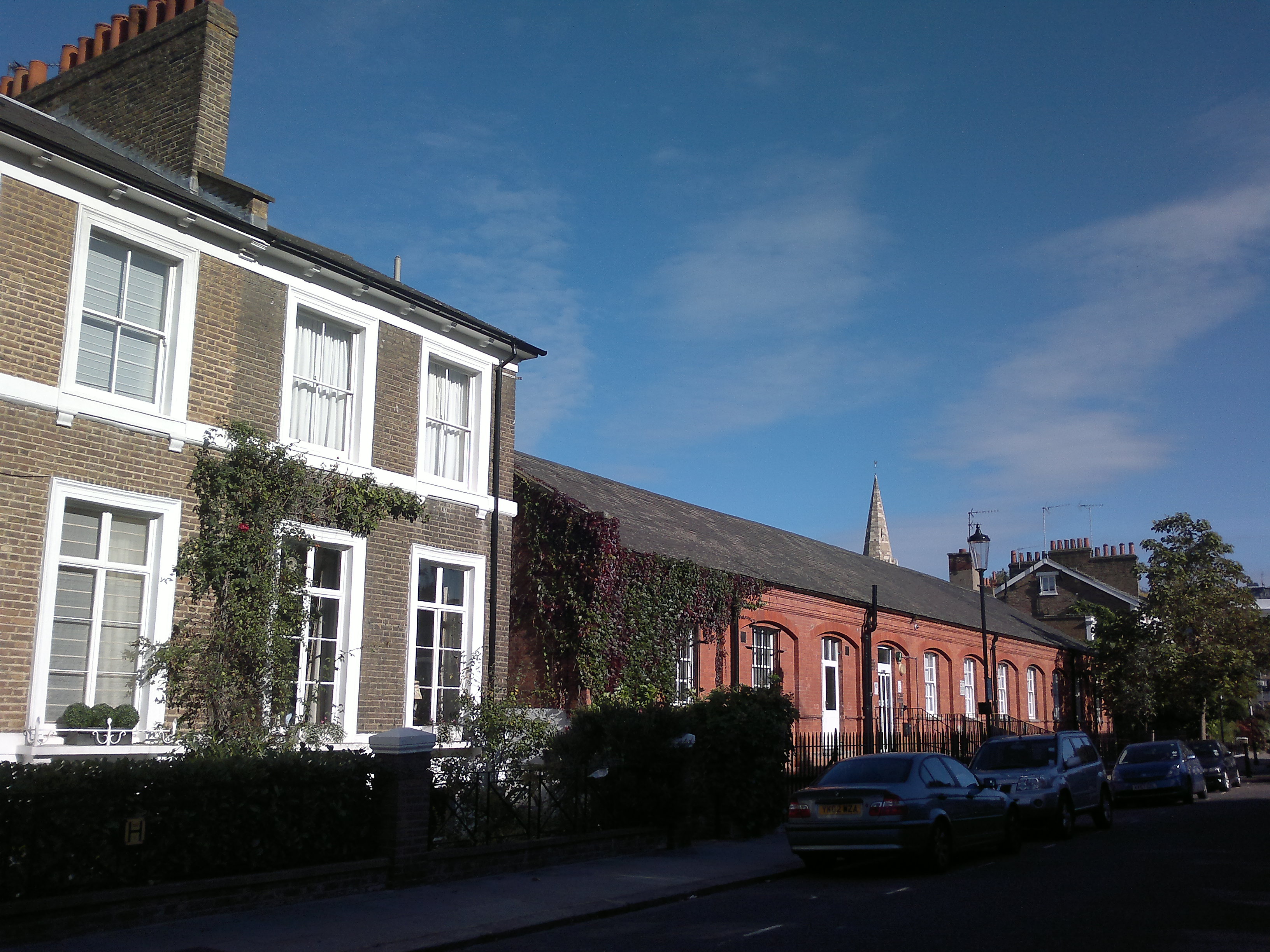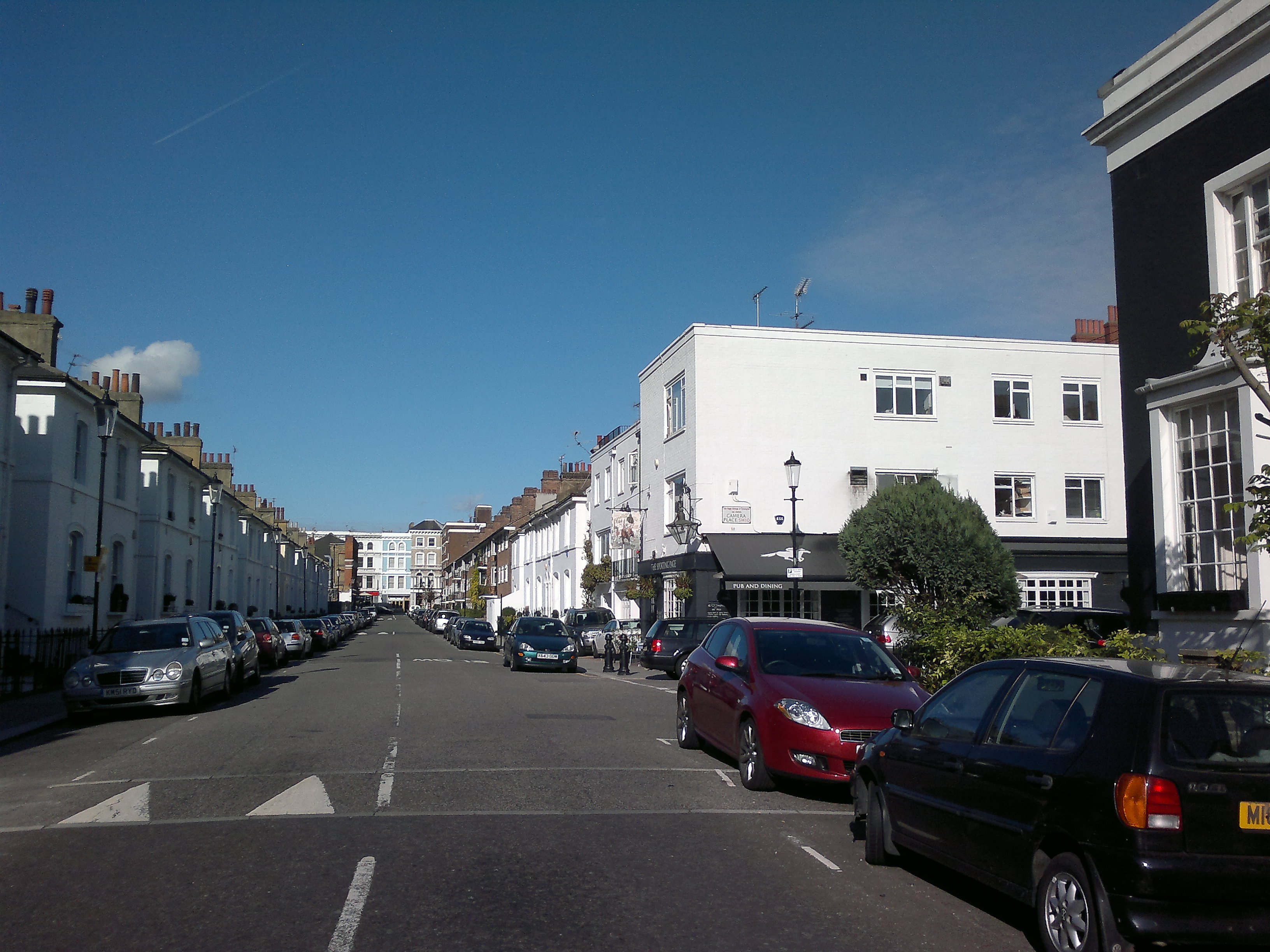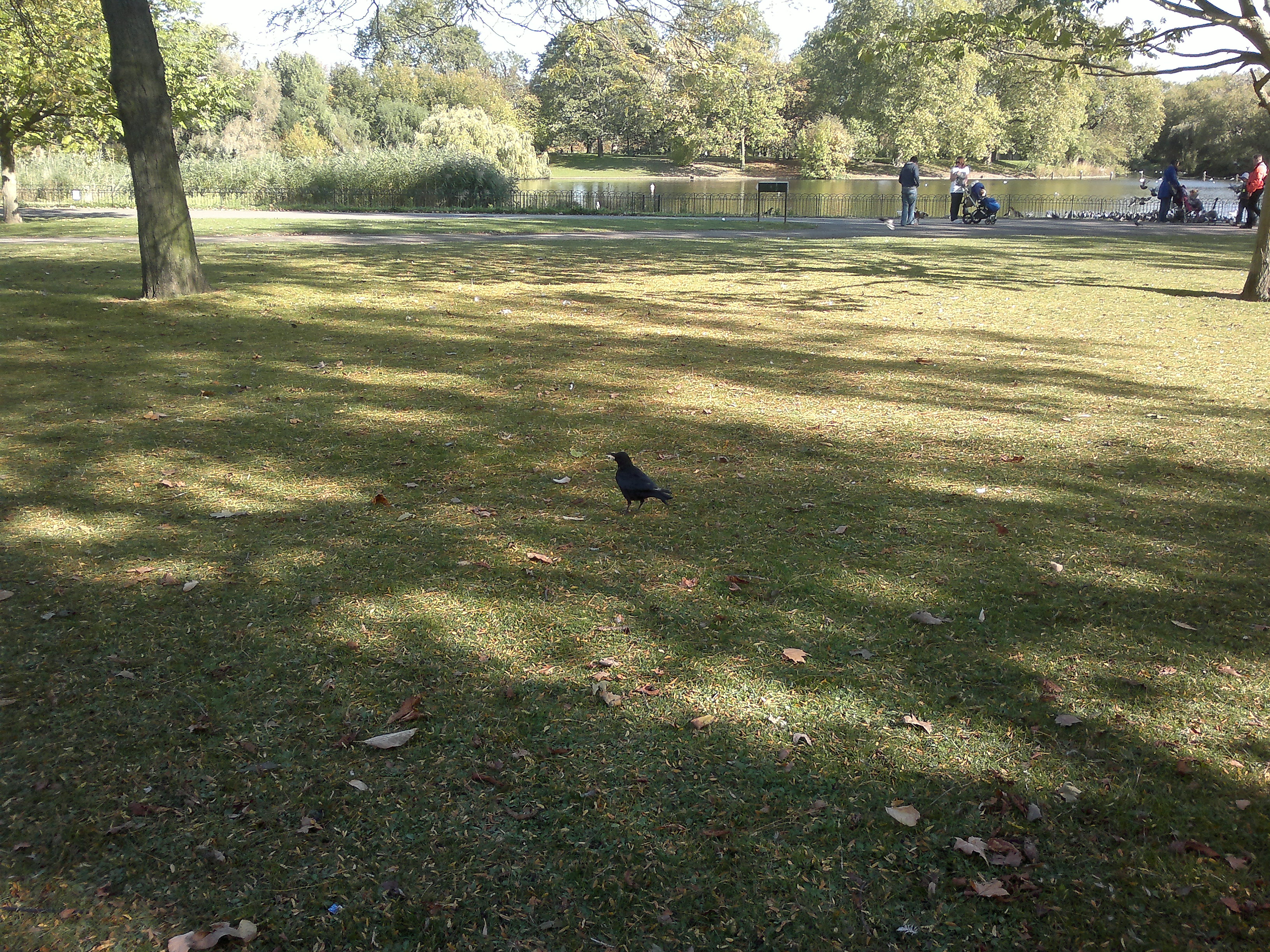Nokia C7 Review
The Nokia C7 could well be described as the less outlandish sibling of the N8: a more sober design, more mainstream camera and more affordable price tag, for what's the second Symbian^3 smartphone from the company. Alternatively, it could be a business bargain. First impressions at Nokia World 2010 were solid, but does the day to day experience live up to the sturdy chassis? Check out the full SlashGear review after the cut.
Hardware
We've always had a soft-spot for Nokia's high-end smartphone design, and while the C7 may not initially stand out quite so well from the crowd as the N8 or E7, it's a surprisingly pleasing device in the hand. Slimmer than the N8, at 10.5mm thick, it's a narrow slice of glass, metal and high-quality plastics that feels easily up to being dropped into a pocket without the benefit of a case. There are three color variants on offer: a silver "frosty metal", metallic brown "mocha" and, like our review unit, "charcoal black".
Nokia C7 Unboxing & Demo:
[vms a62116be975a9bb8257e]
Up front is a 3.5-inch AMOLED capacitive touchscreen, running at 640 x 360 resolution and capable of 16.7m colors. It's not the highest resolution around, but the image quality is excellent and viewing angles superb. We had no issues with touch responsiveness, either. Inside, Nokia has again used its woefully-underpublicized pentaband WCDMA radio (850/900/1700/1900/2100) capable of 3G speeds on European, T-Mobile USA and AT&T networks. There's also quadband GSM/EDGE, Bluetooth 3.0, WiFi b/g/n and both an FM radio and FM transmitter. GPS, A-GPS and Nokia's proprietary – and speedy – WiFi network positioning system are also present. Any other company would be screaming features like these from the rooftops, and yet Nokia seems reluctant to talk about the C7's hardware prowess.
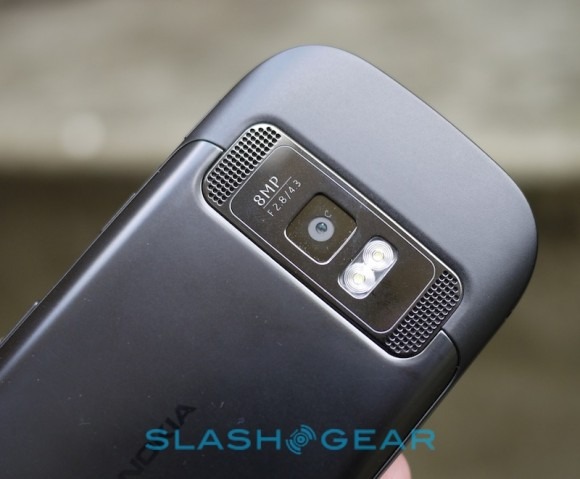
On the back is an 8-megapixel camera ("full focus" rather than autofocus) with a dual-LED flash and flanked by stereo speakers, while a second, VGA camera faces forward for 3G video calls. On the top edge there's a microUSB port (under a flap) for charging or synchronizing, together with a 3.5mm headphone jack and power button. On the right side there are volume buttons flanking a shortcut key, together with a camera shortcut, while on the left is a 2.5mm Nokia charging port. The microphone is on the underside. Curiously, while the SIM card slot is accessible under the battery cover, without removing the battery itself, the same can't be said for the microSD card slot (that augments 8GB of internal storage).
Nokia doesn't include the adapter in the box (unlike with the N8), but the C7 will work with their USB Host dongle to hook up external storage or peripherals. As we found with the N8, however, the effectiveness depends on what power requirements the external drive has; too hungry, and the C7 can't supply enough juice. Unfortunately there's no HDMI output.
Software
Symbian^3 is likely to be the stumbling block for most people, with a reputation that's proving difficult for Nokia to shed as it attempts to promote the platform's relevance. We've covered it comprehensively in our Nokia N8 review, and the build on the C7 is identical. That means you get three homescreen panes which can be filled with up to six widget-bars each, together with rudimentary social networking integration. The latter falls short of what, say, HTC has achieved with Sense on Android devices, basically amounting to Twitter and Facebook updates pulled down and your own status changes supported.
You do get threaded SMS conversations, and there's support for a single Exchange account and multiple POP/IMAP accounts, all of which worked as you'd expect. Multi-tasking is also convenient, with a long-press of the single menu key pulling up a graphical switcher from which you can also end programs; we still prefer this to iOS and Android's icon-based task-switcher. Nokia has promised an update to Symbian's on-screen keyboards in early 2011, and to be honest they can't come soon enough. Swype is preloaded, but there's no portrait-orientation QWERTY keyboard, only T9/multitap, and you actually enter text into a different, separate text box that pops up when you tap. Both are due to be changed, but until then text input can be frustrating.
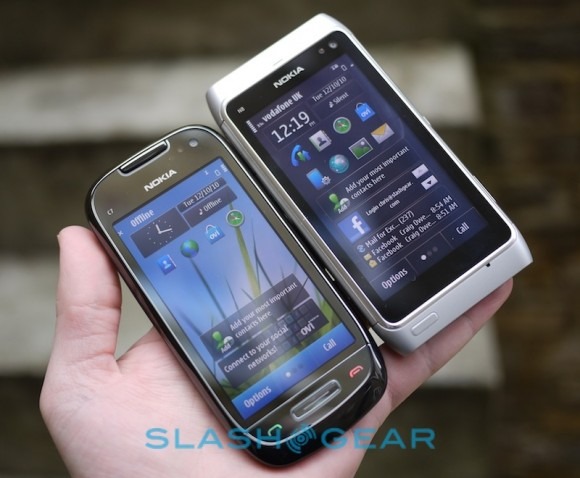
Nokia's browser is also due an update in 2011, with greater speed and stability promised (which will also have an impact on third-party apps that use the same underlying engine). Until then, the default C7 browser is a passable affair, supporting multitouch gestures and Flash playback, but proving sluggish at times when trying to handle the latter. It works, but it lacks the slick swiftness of, say, the iPhone 4. Of course, there are third-party options available through Nokia's Ovi Store that provide an alternative, and it's worth digging out Opera Mobile 10 and Opera Mini; you lose Flash support, but gain a portrait QWERTY keyboard and windowed browsing.
Ovi Maps may require some UI acclimatisation to those used to Google Maps, but after that it's a solid GPS app with some useful third-party extras. Unlike Google, full offline navigation is supported (you can download select maps to the C7's memory, and then turn off the data connection), and unlike HTC's latest Sense offline mapping you don't have to pay for the navigation functionality. We'd like to have seen a car kit in the box to make the most of that, but unfortunately it's an optional accessory.
Camera
Nokia's 12-megapixel camera on the N8 has been rightly lauded, and happily the C7's 8-megapixel unit is another strong performer. The lack of true autofocus means shots are quick to take, snapping as soon as you hit the dedicated camera key, and while there's no Xenon flash, you can at least use the bright dual-LEDs for a video light during 720p HD recording.
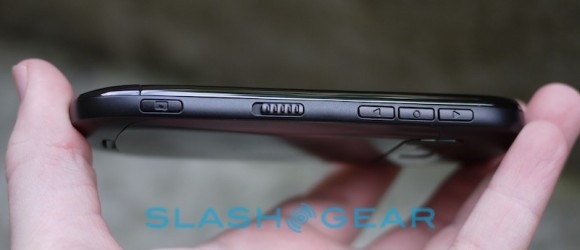
Stills are impressive, with plenty of detail and minimal noise, together with rich, well-balanced colors that look great on the C7's AMOLED display and on bigger screens. Unfortunately sharing them is made a little trickier than on rival devices; you can email them, but there's no native Twitter or Facebook uploading.
Video, meanwhile, is similarly strong (and, again, we wish there was a way to upload it from the C7 to YouTube or other sharing sites). Colors are rich and there's plenty of detail, though fast pans – like with most cameraphones – could lead to jags or blur. Still, you're getting a fair chunk of the N8's overall image abilities in a more pocketable device.
Nokia C7 720p HD video sample:
Phone & Battery
Nokia has a reputation for solid phone performance, and the C7 is no different. There are dedicated call keys on the front panel, both with pleasantly solid tactile feedback to let you know you've hit them, and earpiece clarity is high. The speakerphone is also loud and clear.
Battery life, too, is impressive when compared to other smartphones. We easily managed two days of solid use, with push-email turned on and a mixture of calls, browsing and photography. Considering most smartphones demand a nightly recharge (or more), that's impressive stuff. The average user could probably squeeze out a third day, too, with little compromise.
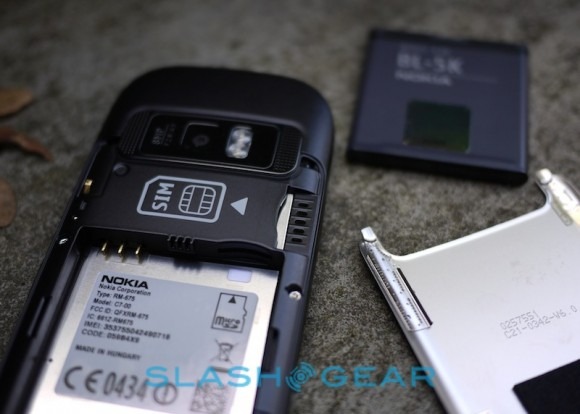
Wrap-Up
The Nokia C7 suffers from the same problems as the N8: the hardware is some of the best around, especially when it comes to connectivity, but the software is a tougher sell. Symbian has many strengths – and many users – and Nokia's plans for cross-platform compatibility with Qt should mean the OS isn't left behind when MeeGo devices begin to take the smartphone top spots, but the Finns are less successful at convincing people that the platform is more than UI deep. 2011's interface and browser changes should go some way to addressing that, but until then Symbian^3 simply lacks the out-of-the-box user friendliness of Android, webOS and iOS.
Priced at £359 or free on a £20 per month agreement in the UK (the C7 is yet to show up at Nokia USA's online store) the C7 undercuts the N8 by £70 (or £120 over the course of a two-year subsidy). For your money you're getting strong camera performance and excellent "core" abilities – phone, battery and connectivity – but less endearing browsing, social networking and text-input than from other manufacturers. It's certainly not a bad smartphone, but Symbian still needs work if it's to successfully take on Android and iOS devices on all fronts.

